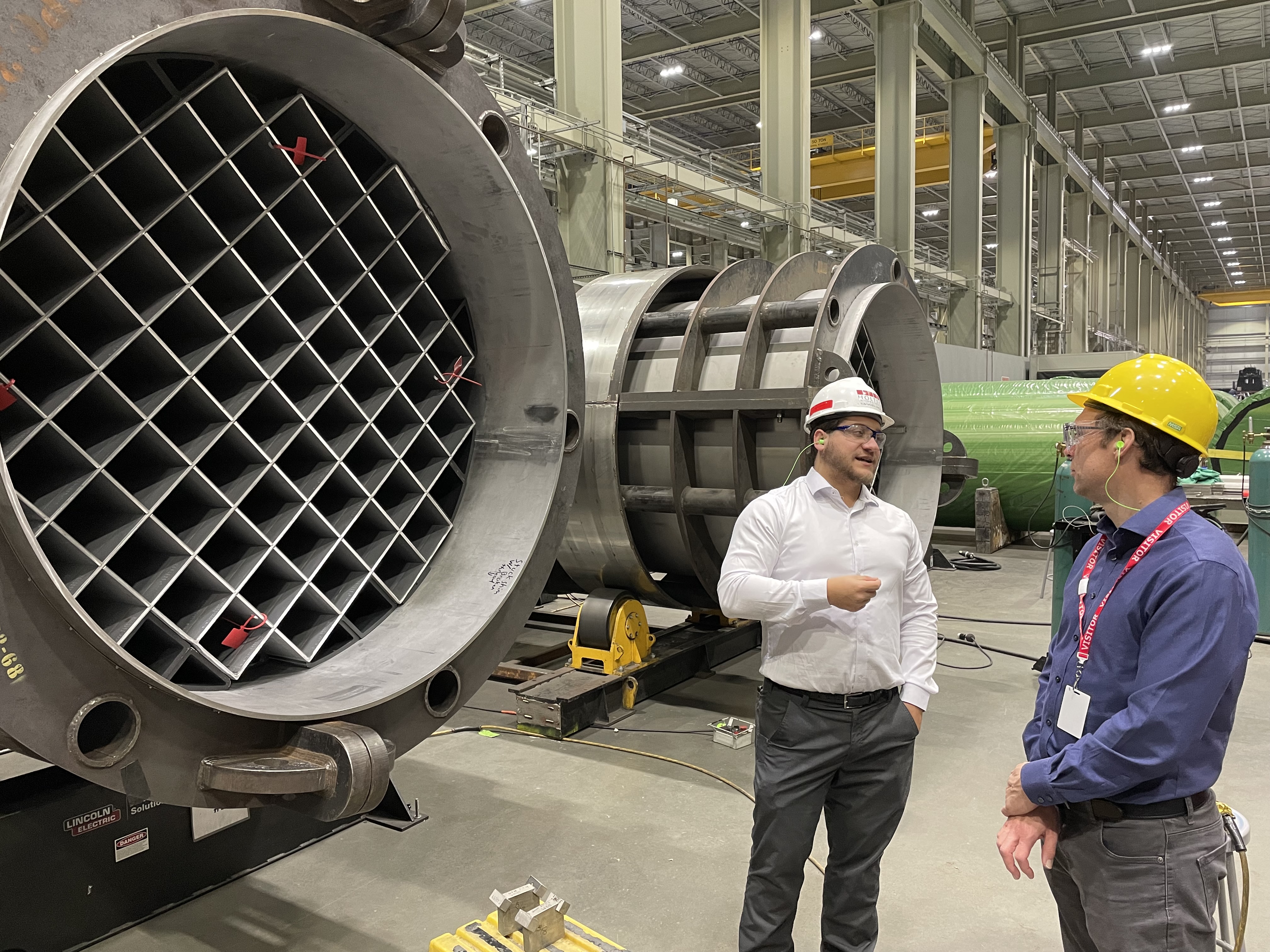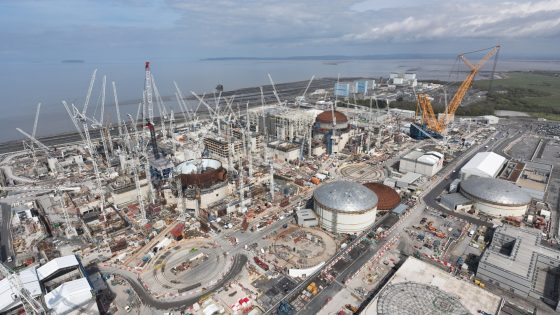Okay, why SMRs will never work and will fail.
First, forget naval reactors. The Navy isn't looking for something that is commercially viable, they will pay what it costs. They use fuel that isn't available for civilian use due to proliferation, and which is also very expensive. You can't just take a reactor out of a ship and stick it in a building either, so adapting those designs is a massive amount of work.
SMRs have all the same problems as larger reactors, and more new ones. If we look at the NuScale design, since that is the closest to starting to build a prototype, they need a cooling pool. The pool has to be disaster proof, because if it drains you get a nuclear meltdown. You still need a containment building too. So do you build a large pool and containment building and put lots of SMRs in it, or do you build lots of smaller pools and containment buildings? Neither is a good option, both are expensive, and it scuppers the idea of having lots of distributed reactors all over the place. Because you can't just have a containment building, it needs to be guarded, have isolation around it, controlled airspace, all that stuff.
Then there is the waste. NuScale admitted that their reactor would produce more waste than a conventional one, per watt-hour generated. So that means even bigger cooling pools, more very long term storage. All adds to the cost.
The idea is that having a production line for the reactors will get the costs down, but it won't. I mean the reactor vessels might be a bit cheaper to make that way, but because they are smaller you need more of them, more material per watt-hour.
That's all before you get to regulatory approval, and the nightmare scenario of finding a flaw in the design that needs to be corrected across hundreds of working reactors, instead of dozens.
In the very best case it's going to be a couple of decades before prototypes are proven, approved, and production starts. We haven't got two decades, we need solutions now, and besides by then renewables and battery storage will have replaced everything. And SMRs are no different to full size reactors, they don't integrate well with renewables because they can't rapidly adjust their output or idle for long periods, at least not profitably. We will end up with mostly renewables and probably some gas plants to cover a few days a year.









